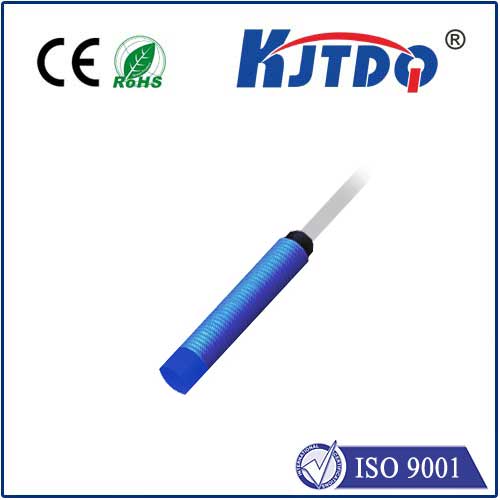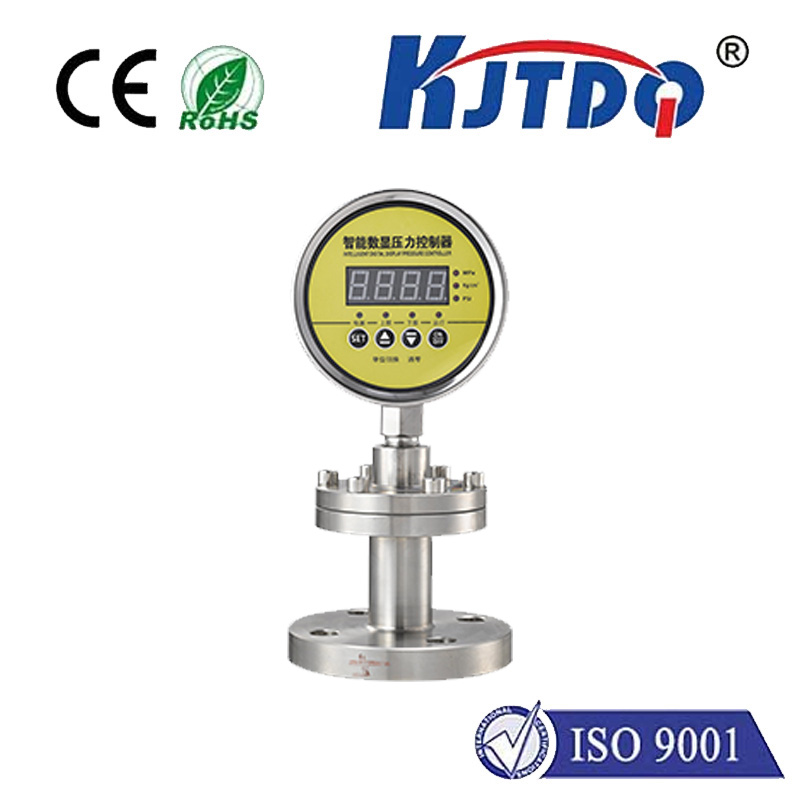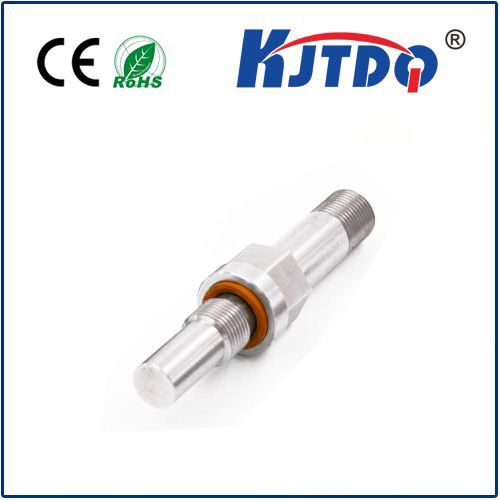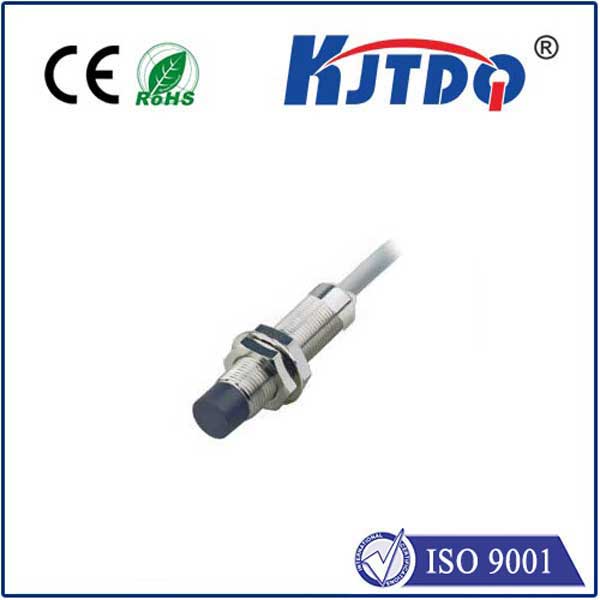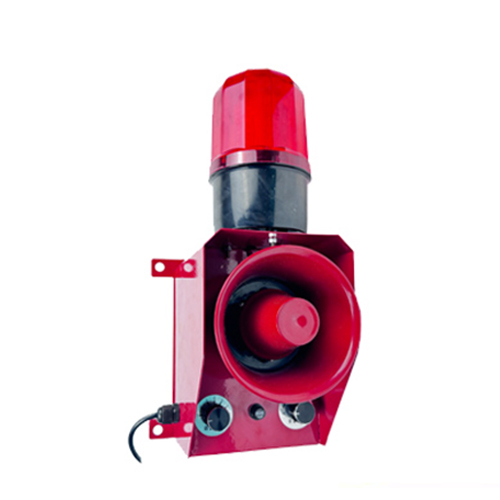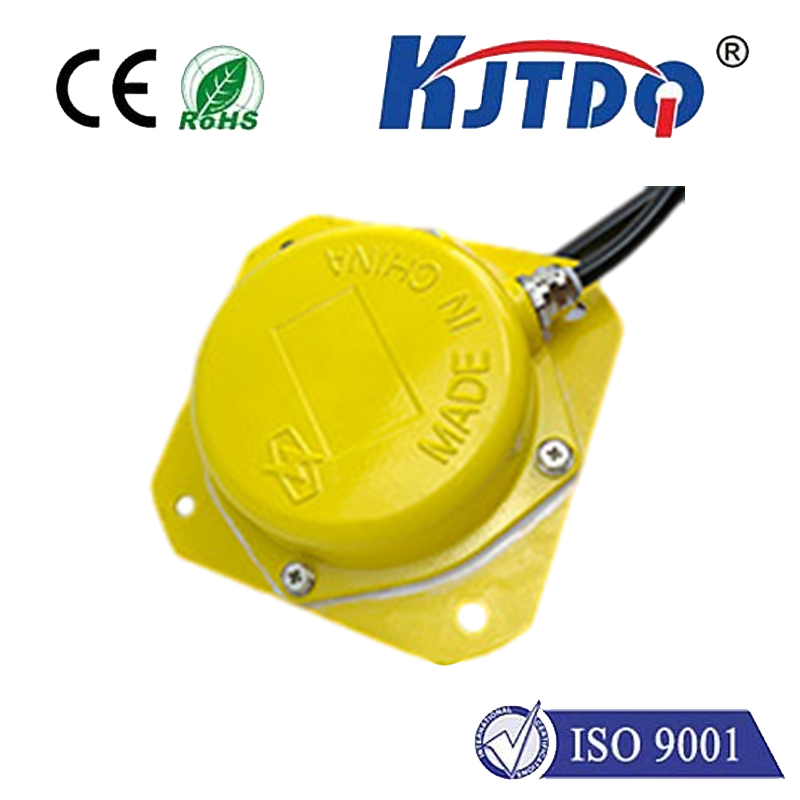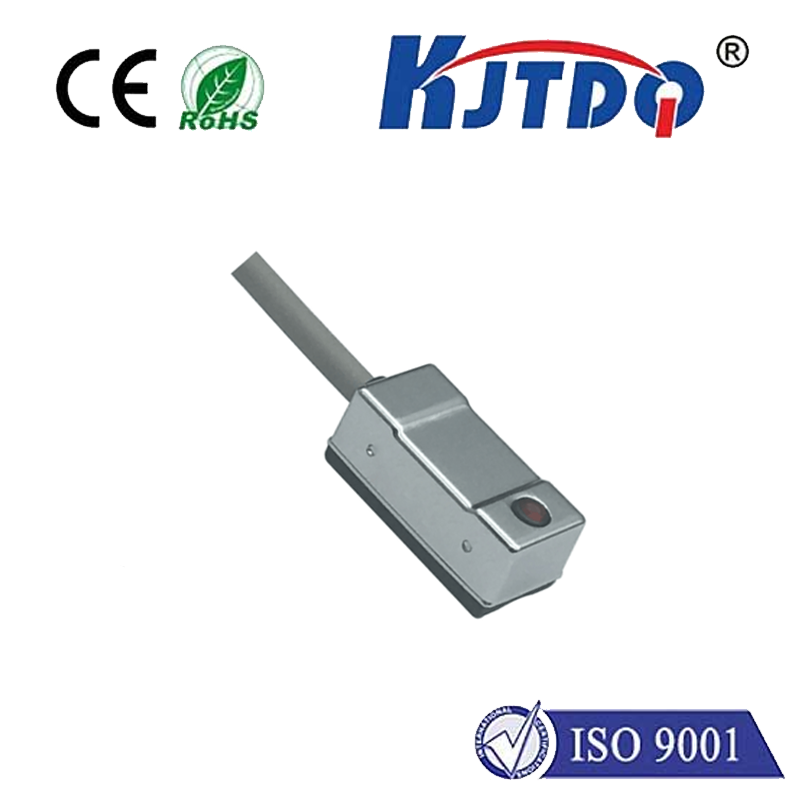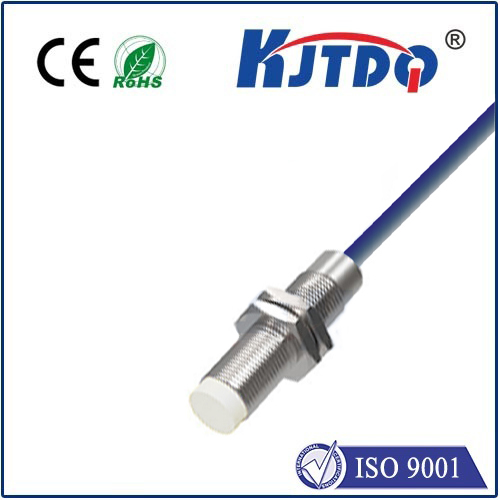mechanical limit switch
- time:2025-07-30 12:55:50
- Click:0
Mechanical Limit Switches: The Reliable Sentinels of Industrial Control
Picture this: a massive robotic arm on an assembly line, powerful enough to lift a car chassis, swings towards its intended position. Without a critical, unassuming component, it could overshoot violently, causing catastrophic damage. Or envision a high-speed elevator ascending towards the top floor – what prevents it from slamming into the overhead structure? In countless industrial scenarios, the humble mechanical limit switch stands as a fundamental, often overlooked, yet absolutely vital guardian. These electromechanical workhorses remain indispensable for providing precise position detection, establishing safe travel boundaries, and initiating control actions across a vast spectrum of machinery. Despite the proliferation of sophisticated sensors, their inherent simplicity, ruggedness, and reliability ensure they continue to play a central role in industrial automation and safety systems worldwide.
Understanding the Core Mechanism
At its heart, a mechanical limit switch is a device designed to detect the presence or absence of an object, or monitor its travel limits, through direct physical contact. It translates this mechanical motion into an electrical signal that interacts with a control circuit. The core components typically include:

- Actuator (Operator Head): This is the part that physically contacts the target object. It comes in numerous forms: roller levers (ideal for cams and moving parts), plungers (for straight-line actuation), rotating shafts, whisker-type levers (for delicate objects), and adjustable levers. The choice depends heavily on the application’s movement profile and required sensitivity.
- Electrical Contacts: Inside the switch body reside the electrical contacts, usually configured as single-pole single-throw (SPST) or single-pole double-throw (SPDT). When the actuator is moved by the target object, it mechanically drives these contacts to either open or close a circuit. This state change – normally open (NO) contacts closing or normally closed (NC) contacts opening – is the critical output signal.
- Housing (Switch Body): This protects the internal mechanism from the operating environment. Robust housings, often rated by Ingress Protection (IP) standards, shield against dust, moisture, oil, chemicals, and physical impact. Materials range from durable plastics to corrosion-resistant metals like stainless steel.
The Enduring Strengths: Why Mechanical Switches Persist
In an era of sophisticated proximity sensors and vision systems, the continued prevalence of mechanical limit switches speaks volumes about their inherent advantages:
- Simplicity & Reliability: Their operation is fundamentally straightforward – physical contact causes an electrical state change. Fewer things can go wrong compared to complex electronic sensors. They are inherently fail-safe in many critical safety interlock applications, especially when configured with normally closed contacts that break the circuit when actuated.
- Robustness & Durability: Engineered for harsh industrial environments, quality mechanical switches can withstand extreme conditions – significant impact, vibration, temperature variations, corrosive atmospheres, and high-pressure washdowns – far better than many electronic counterparts. Their physical contact method is largely immune to interference from electromagnetic noise, dust, or optical obstructions that plague other sensor types.
- High Current Switching Capacity: Unlike low-power electronic sensors, many mechanical limit switches can directly switch substantial electrical loads (motors, solenoids, relays) without needing an intermediate amplifier or controller, simplifying system design. Their contacts are rated for specific current and voltage levels.
- Positive Position Sensing: They provide an absolute, physical confirmation of position via direct contact. There’s no ambiguity about whether an object has truly reached its limit – it physically moves the actuator.
- Cost-Effectiveness: For applications requiring simple position verification or travel limits, mechanical switches often provide the most economical solution, especially where their robustness is essential.
Ubiquitous Applications: Where Reliability Matters Most
The applications for mechanical limit switches are incredibly diverse, spanning virtually every industry:
- Industrial Automation & Machinery: Defining end-of-travel limits for robotic arms, linear actuators, slides, and conveyors. Detecting the position of clamps, doors, guards, or tooling. Initiating sequence steps on assembly lines.
- Material Handling: Monitoring crane and hoist travel limits. Verifying bin/tote positioning. Ensuring correct pallet placement on automated guided vehicles (AGVs).
- Packaging Machinery: Confirming case folding, product presence in clamshells, or fill levels by detecting moving parts. Activating sealing mechanisms at precise points.
- Door & Gate Control: Providing safety interlocks on elevators, industrial ovens, cleanroom doors, and automated gates to prevent operation when open or verify closure.
- Agricultural & Construction Equipment: Implementing safety cut-offs or position feedback on heavy moving parts subject to dirt, vibration, and shock.
- Automotive Manufacturing: Ensuring precise positioning in welding cells, paint booths, and assembly jigs under demanding conditions.
Selecting the Right Switch: Key Considerations
Choosing the optimal mechanical limit switch requires careful evaluation:
- Actuator Type: Match the actuator (roller lever, plunger, etc.) to the motion profile (linear, rotary) and force/speed of the target object. Ensure positive engagement without binding or excessive wear.
- Electrical Ratings: Select contacts rated for the required voltage and current (AC/DC) of the load being controlled. Consider inrush currents for motors.
- Environmental Rating (IP Code): Choose an enclosure rating (e.g., IP65, IP67, IP69K) suitable for the operating environment – dust, moisture, chemicals, temperature.
- Durability (Mechanical Life & Electrical Life): Assess the expected number of mechanical operations (actuations) and electrical switching cycles under load. Heavy-duty applications demand high-cycle ratings.
- Number and Type of Contacts: Determine if SPDT (common, NO, NC) or SPST contacts are needed for the control logic and safety requirements (e.g., using the NC contact for a safety stop circuit).
- Mounting Style & Adjustability: Consider ease of installation and the need for fine-tuning the actuation point after mounting (often via adjustable lever arms).
While modern sensors offer contactless operation and advanced diagnostics, the mechanical limit switch, with its direct physical feedback and proven resilience, remains an essential component. It offers a level of tangible reliability and straightforward functionality that is difficult to replicate, particularly in harsh, demanding, or safety-critical environments. Their robust design ensures consistent performance where others might falter, making them the dependable sentinels guarding the precision and safety of countless machines and processes every single day. Whether serving as a simple position indicator or functioning as a critical safety interlock, these electromechanical devices continue to be a cornerstone of effective industrial control.












